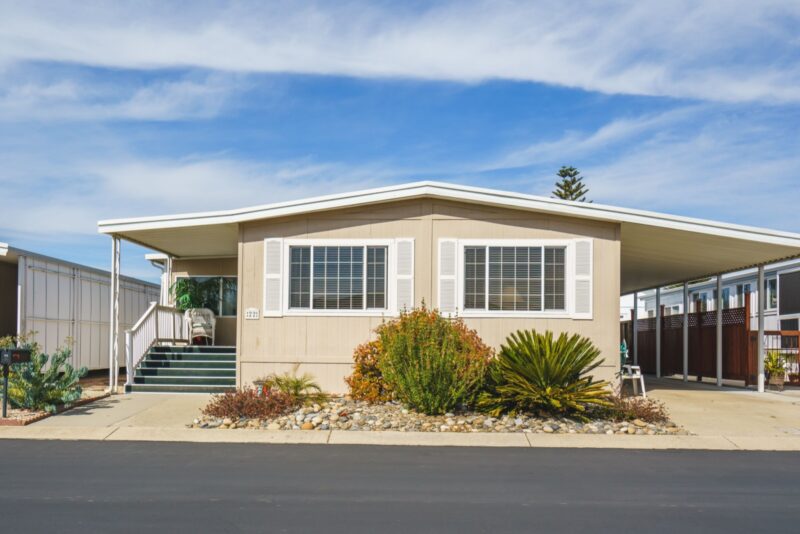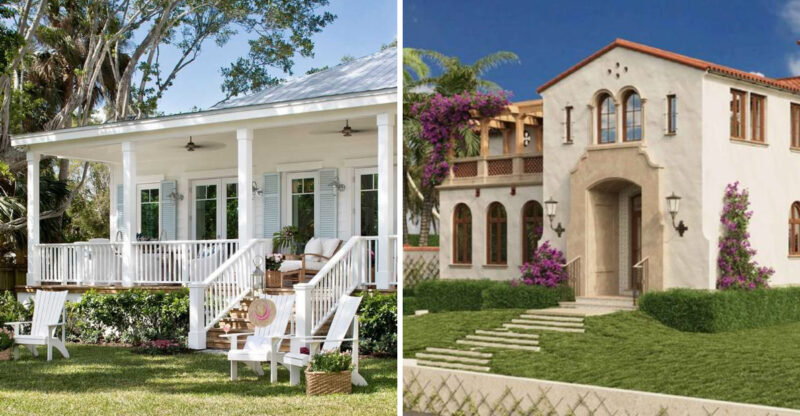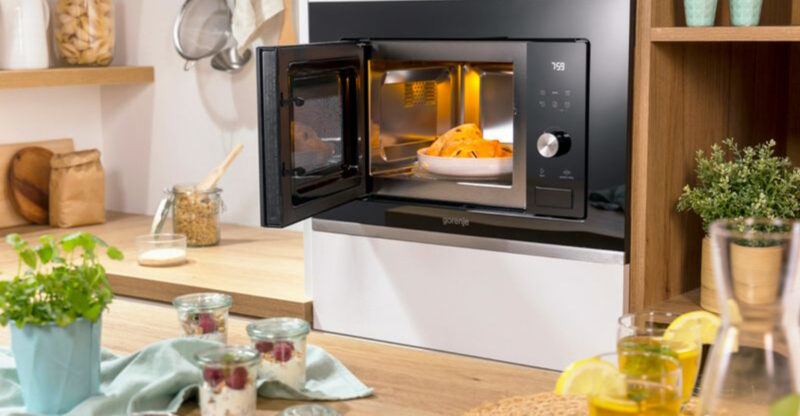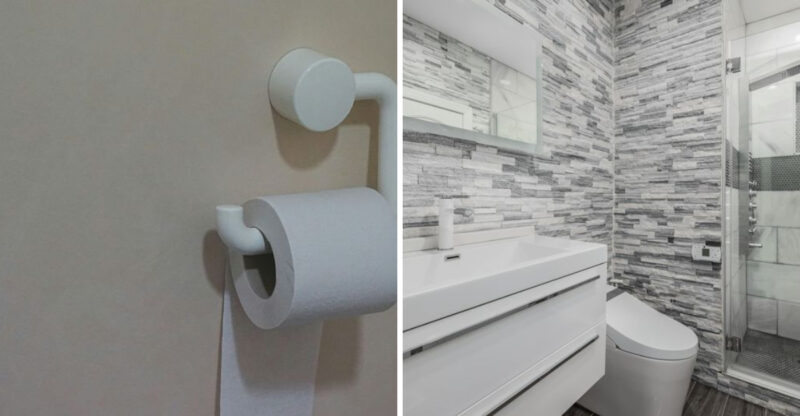10 Kitchen Flooring Trends That Are Out In 2025 And 4 That Shouldn’t Even Cross Your Mind
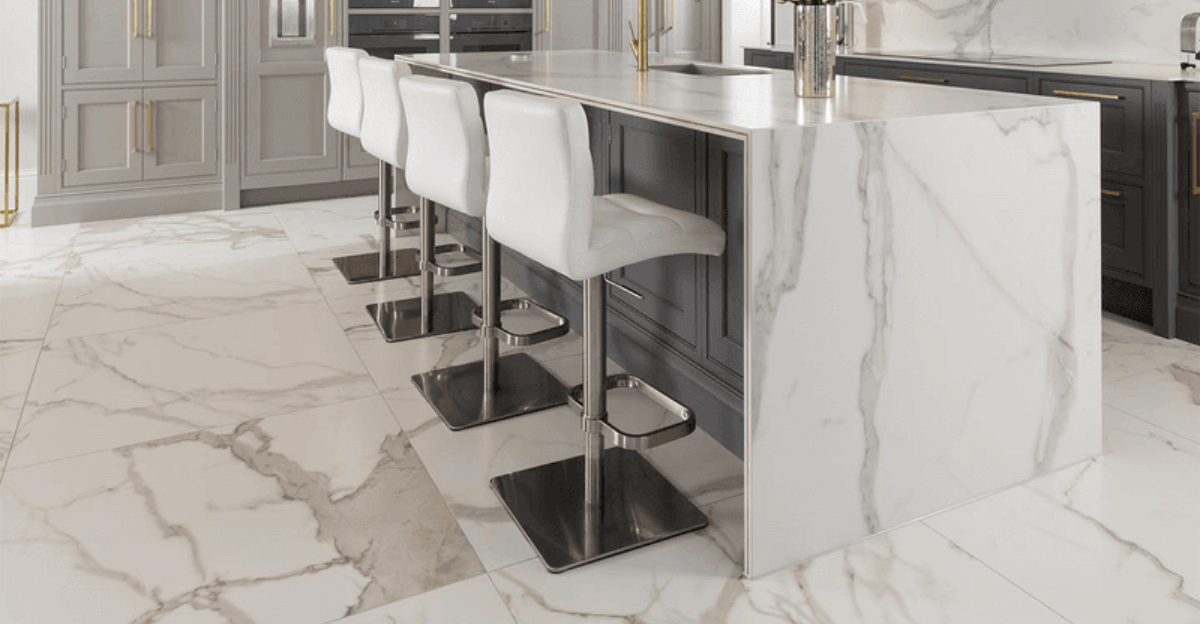
Kitchen floors work hard probably harder than any other surface in your home. With constant use and inevitable messes, picking the right material is more than just a style choice it’s about durability, maintenance, and long-term value.
Heading into 2025, I’ve noticed certain flooring trends falling out of favor, and a few that designers say are downright deal-breakers. If you’re planning a kitchen update, this guide will help you dodge the dated looks and steer clear of costly mistakes. Your feet (and your future self) will thank you.
1. Black and White Checkerboard Tiles
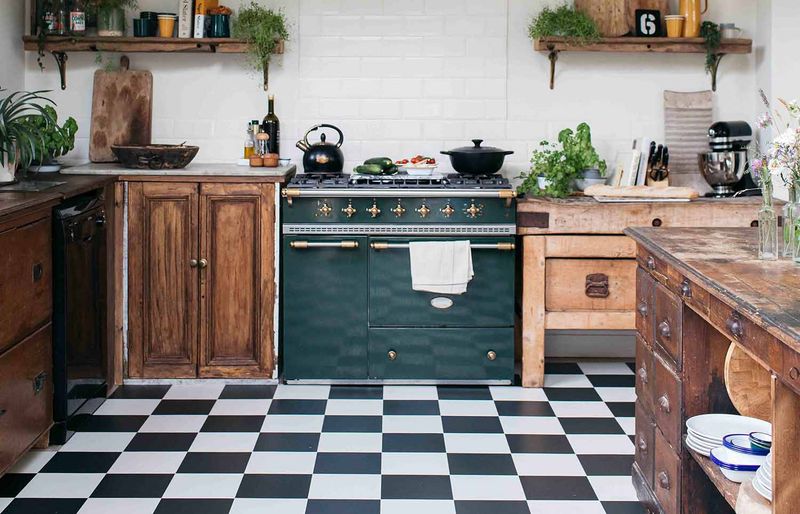
Remember those classic diner-style floors everyone wanted? Well, they’re officially passé in 2025. The stark contrast feels too harsh and dated for today’s more harmonious kitchen designs.
Homeowners are seeking softer transitions and more subtle patterns that create warmth rather than visual tension. Even designers who once championed this look are moving toward more nuanced flooring options that age better with changing trends.
2. Glossy Ceramic Tiles
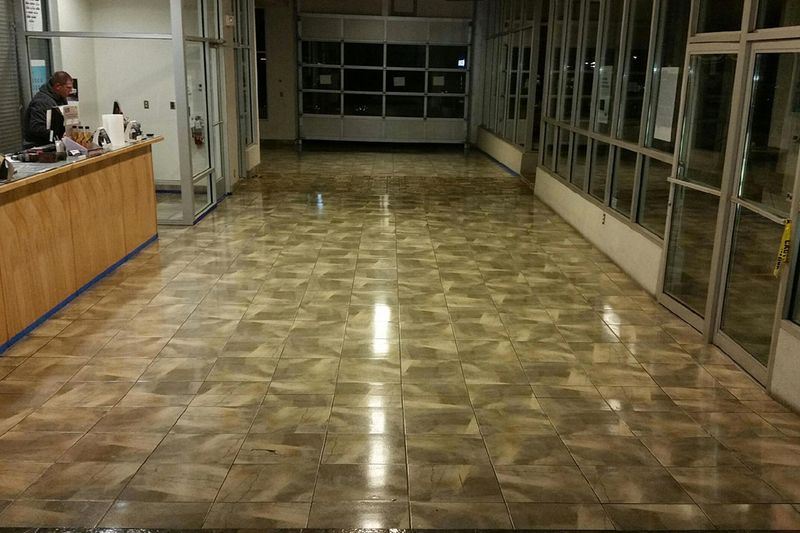
Slippery when wet isn’t just a warning sign it’s the reality of glossy ceramic kitchen floors. Safety concerns have pushed these once-popular tiles off the trend list for good reason.
Beyond the practical dangers, their dated shiny appearance has lost appeal as more sophisticated matte and textured finishes take center stage. The way they show every footprint and water spot makes them impractical for busy kitchen environments where real cooking happens.
3. Terracotta Tiles
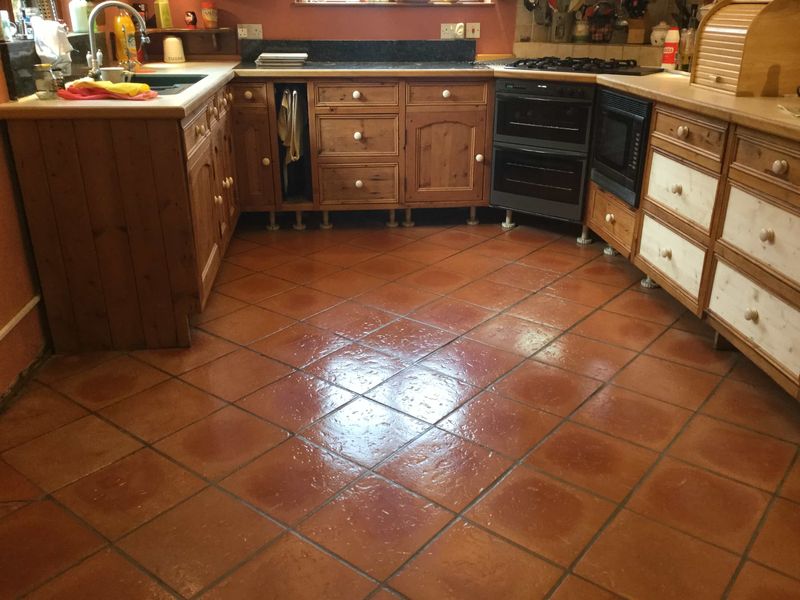
The rustic Mediterranean look is taking a back seat in 2025. Terracotta’s distinctive orangey-red hue that once felt warm and inviting now appears heavy and limiting for modern kitchen designs.
These porous tiles require constant sealing and maintenance that today’s homeowners simply don’t have time for. Their tendency to stain easily from cooking spills makes them particularly problematic in busy kitchens where practicality matters as much as aesthetics.
4. Dark Hardwood Floors

Dark espresso and ebony hardwood floors are fading fast from kitchen trend lists. These dramatic dark planks show every crumb, dust particle, and pet hair with merciless clarity, making them a cleaning nightmare.
They also tend to make spaces feel smaller and more closed-in the opposite of what most homeowners want. Scratches and wear patterns become glaringly obvious on these dark surfaces, meaning they often look worn out long before their actual lifespan ends.
5. Bamboo Flooring
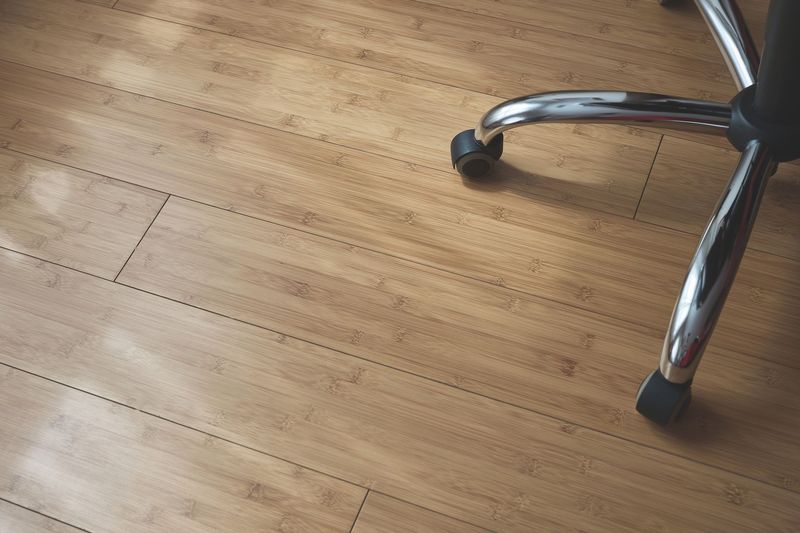
Once the darling of eco-conscious homeowners, bamboo is losing its kitchen appeal. Despite its sustainability credentials, bamboo’s tendency to dent easily and warp when exposed to moisture makes it problematic for kitchen environments.
Many homeowners have discovered the hard way that bamboo doesn’t hold up well to water spills or humidity fluctuations common in cooking spaces. Newer eco-friendly options with better performance characteristics have pushed this once-trendy material to the back burner.
6. Bold Geometric Patterns
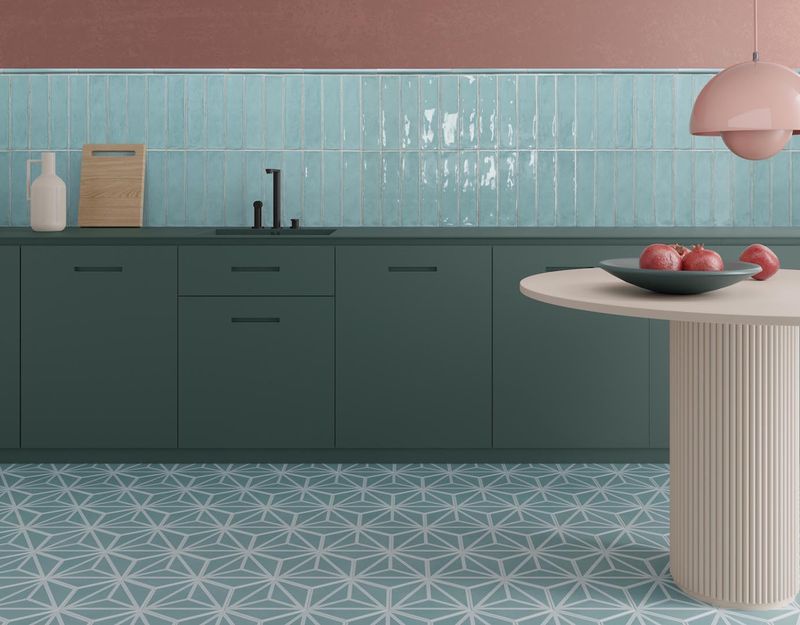
Those eye-catching geometric floor patterns that dominated Instagram a few years back are now looking dated and distracting. The visual busyness creates a sense of chaos rather than the calm, grounded feeling today’s homeowners prefer.
These statement floors also limit design flexibility, making other updates challenging without a complete floor replacement. As kitchen design moves toward more timeless approaches, these bold patterns are being left behind in favor of subtle textures that won’t feel tired in a few years.
7. Vinyl Sheet Flooring
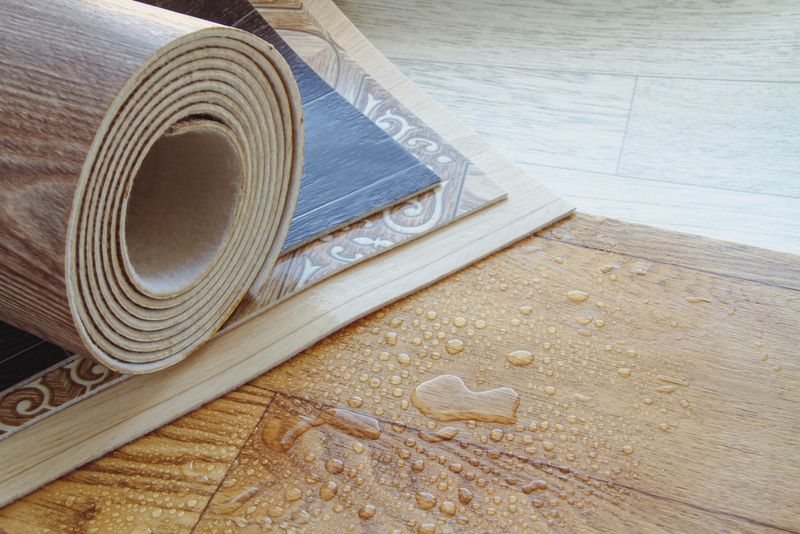
The continuous sheet vinyl flooring that once covered millions of kitchen floors is firmly in the rearview mirror for 2025. Its budget-friendly price tag can’t overcome its cheap appearance and tendency to tear, bubble, and curl at the edges.
Modern homeowners recognize the false economy of this material that needs frequent replacement. The limited designs and artificial look simply can’t compete with today’s more sophisticated and durable alternatives that offer better long-term value.
8. Travertine Tile
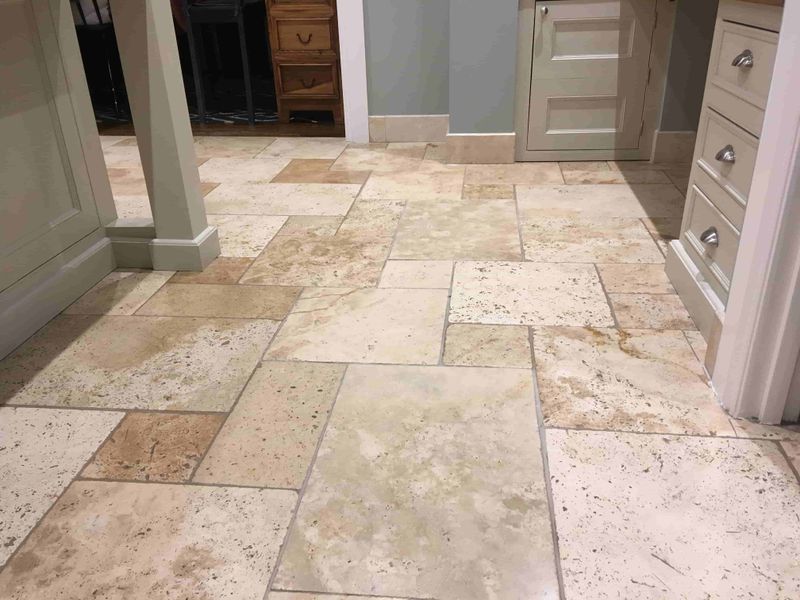
The pitted, natural stone look of travertine is rapidly falling from grace in kitchen design circles. Those characteristic holes and depressions that give travertine its distinctive appearance become perfect traps for dirt, crumbs, and moisture in busy kitchens.
The high maintenance requirements and specialized cleaning needs make it impractical for modern lifestyles. Its earthy color palette also feels dated as kitchen design moves toward cleaner, more contemporary aesthetics with greater color flexibility.
9. Carpet Tiles

Yes, some people actually tried carpet tiles in kitchens, and it went exactly as poorly as you’d imagine. This short-lived experiment has thankfully been relegated to the “what were we thinking” design archives.
Carpet in any form simply cannot withstand the spills, splashes, and food debris inevitable in cooking spaces. The moisture retention creates perfect conditions for mold and mildew growth beneath the surface. Even stain-resistant versions quickly look dingy and worn in high-traffic kitchen environments.
10. Painted Concrete

The industrial loft look is officially over, taking painted concrete floors down with it. The reality of living with these floors has proven less appealing than the Pinterest photos suggested.
Paint chips and peels under kitchen traffic, creating unsightly patches that require constant touch-ups. The hard, unforgiving surface is uncomfortable for long cooking sessions and brutal on dropped dishes. Without proper insulation, these floors remain cold and energy-inefficient, especially in cooler climates.
11. Cheap Laminate Flooring
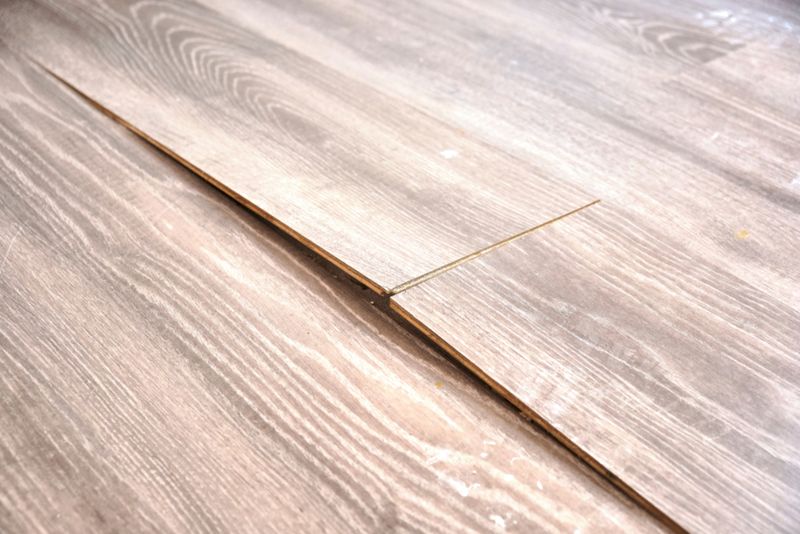
Budget laminate might seem like a bargain initially, but it’s a false economy that savvy homeowners are now avoiding. The paper-thin wear layer quickly shows scratches and wear patterns in high-traffic kitchen areas.
When exposed to water an inevitable kitchen occurrence cheap laminate swells and warps beyond repair. The hollow sound underfoot and artificial appearance immediately signal “budget renovation” rather than quality design. Modern homeowners are investing in higher-quality flooring that offers better long-term value.
12. Marble Flooring
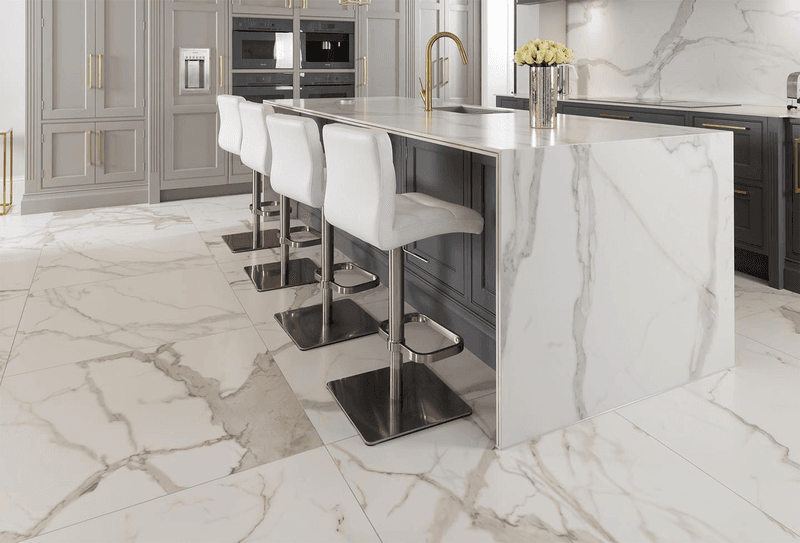
Marble floors in kitchens are a disaster waiting to happen. This high-maintenance natural stone is extremely porous and stains permanently from everyday kitchen spills like tomato sauce, red wine, or even water in hard water areas.
The slippery surface becomes downright dangerous when wet. Marble also etches on contact with acidic substances lemon juice, vinegar, or wine can permanently damage the surface in seconds. The exorbitant cost makes these inevitable damages even more painful for homeowners who made this misguided choice.
13. Glass Tiles
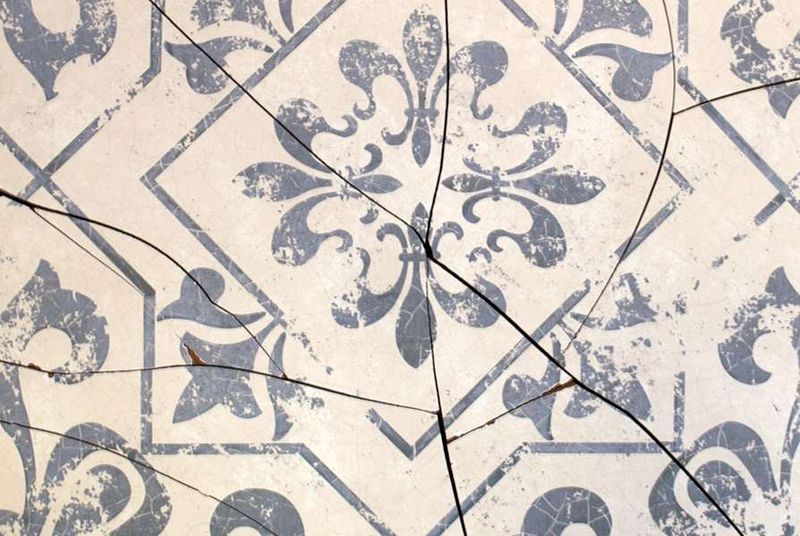
Glass tiles on kitchen floors represent a perfect storm of bad ideas. Their slippery surface becomes treacherously dangerous when the smallest amount of water or cooking oil hits them.
They scratch incredibly easily, quickly losing their appealing finish under normal kitchen use. The transparent or translucent nature of glass tiles also shows every speck of dirt and dust, requiring constant cleaning. When they inevitably crack or chip which happens far more easily than with ceramic or porcelain replacement is complicated and costly.
14. DIY Painted Patterns
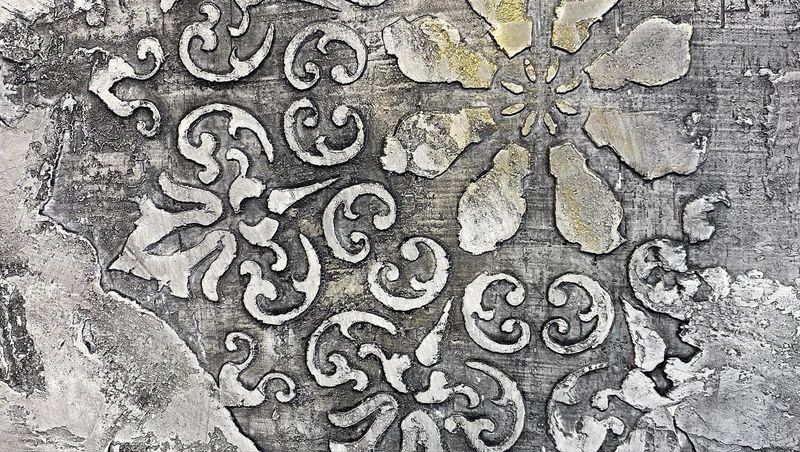
Those hand-painted stencil patterns that took over social media a few years back are aging poorly in real-world kitchens. The DIY charm quickly fades as the paint wears off in high-traffic areas, creating patchy, worn pathways that look shabby rather than chic.
The intricate patterns that seemed so clever during installation become visually overwhelming in daily use. Touch-ups are nearly impossible to blend seamlessly, meaning the entire floor needs repainting once wear begins a massive undertaking few homeowners are willing to repeat.


